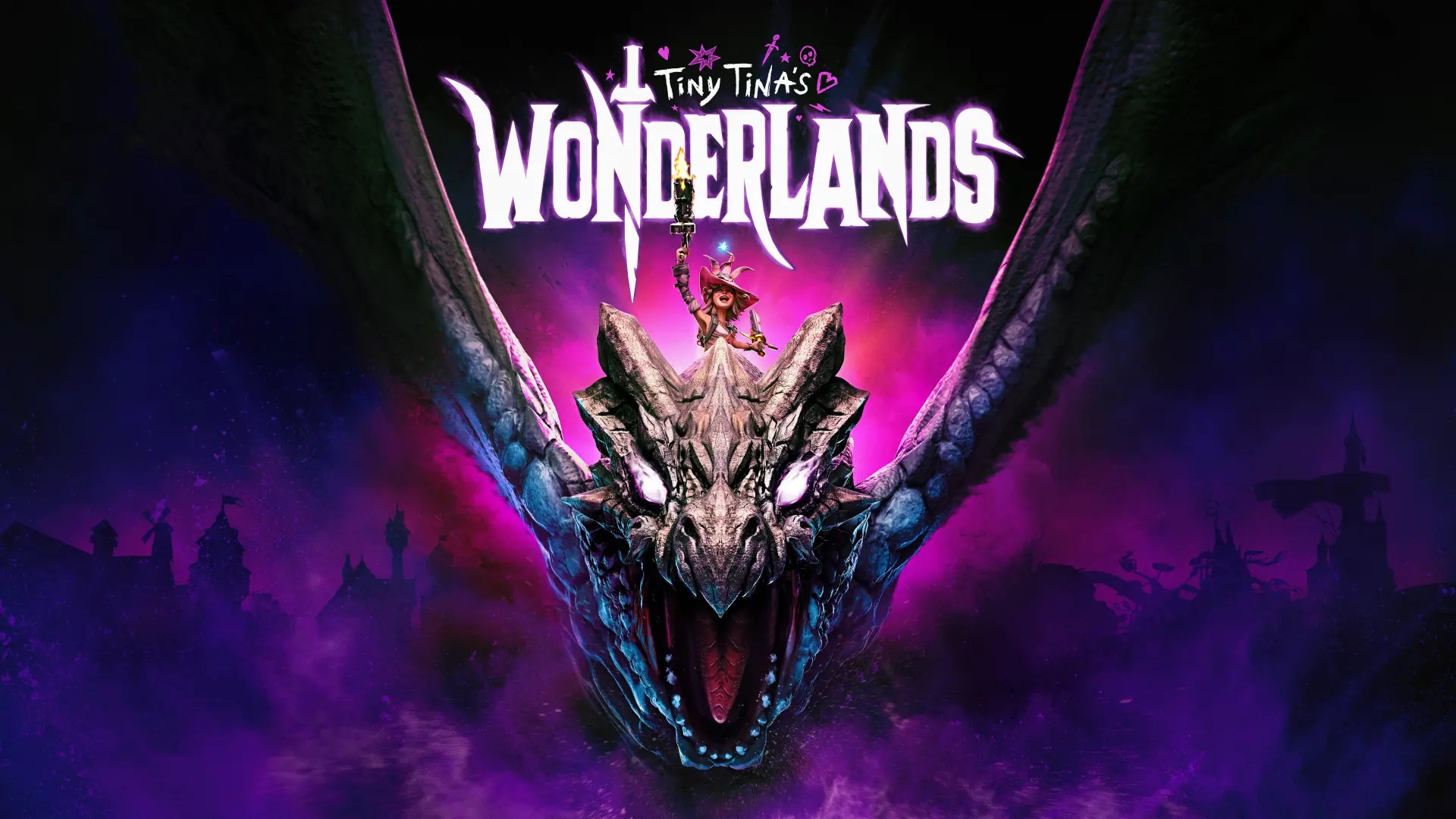
A Tiny Tina’s Wonderlands review requires some context. This entry in the Borderlands franchise is an unusual release. It’s based on DLC to Borderlands 2, Tiny Tina’s Assault on Dragon Keep, but with an expanded scope to match any of the full fledged sequels.
It may have a sequel number filed off, but Tiny Tina’s Wonderlands is for all intents and purposes; a true entry in the Borderlands series… for better and for worse. There is even a planned season of DLC coming to further pad out the experience far beyond what is necessary, just like the prior entries!
Is this just another Borderlands game? With four games and countless DLC expansions, how can Tiny Tina’s Wonderlands differentiate itself from the lot? Is a meta-joke with a game within the game’s world enough to make this entry worth the long and exhausting grind? Find out in our Tiny Tina’s Wonderlands review!
Tiny Tina’s Wonderlands
Developer: Gearbox Software
Publisher: 2K Games
Platforms: Windows PC, Xbox One, Xbox Series X|S, PlayStation 4, PlayStation 5 (reviewed)
Release Date: March 25, 2022
Players: 1-4 (online)
Price: $59.99 USD
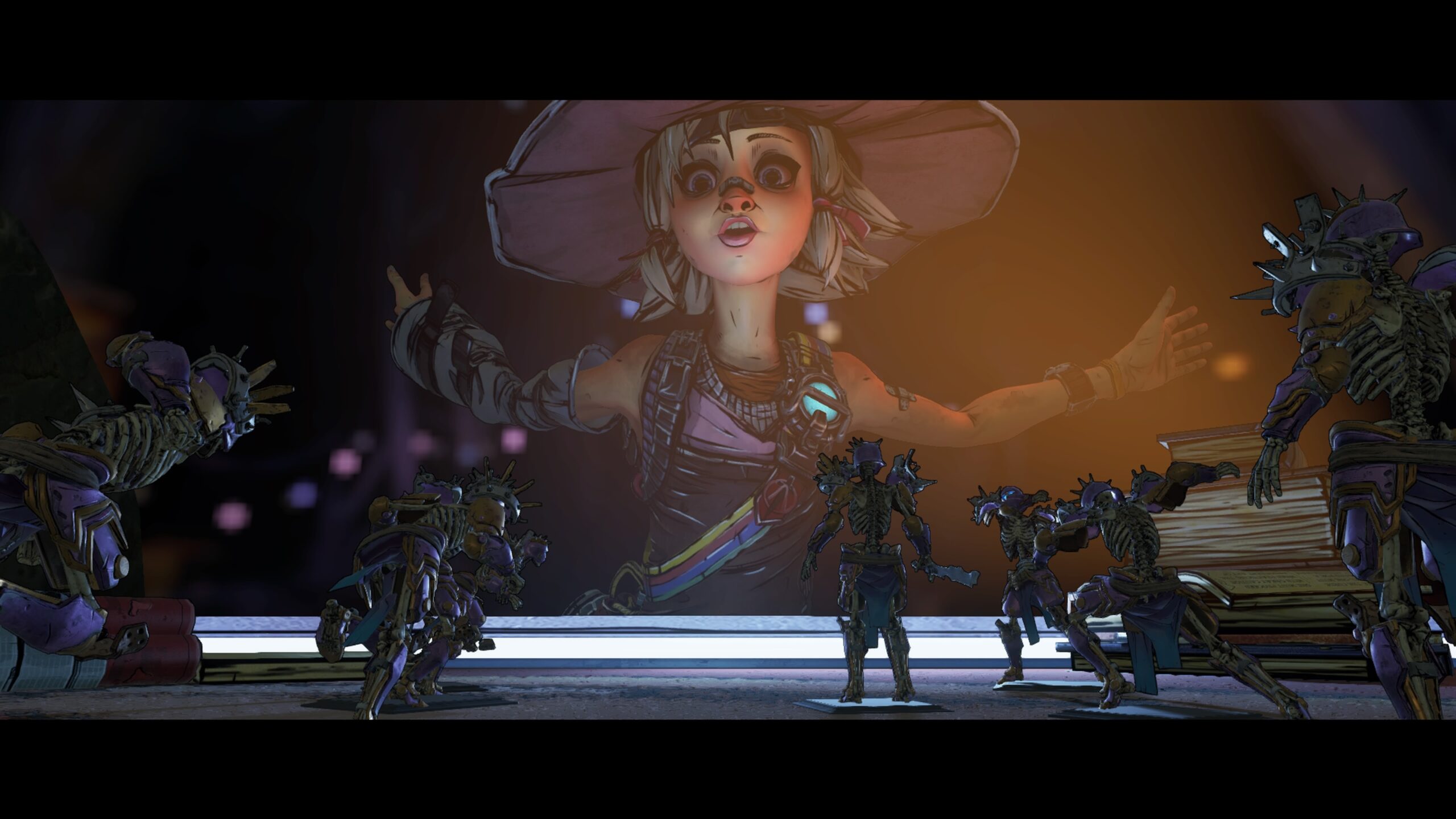
Who is Tiny Tina and why have Gearbox Software chosen to sell a game entirely around her? This scrappy and raggedy moppet is apparently a fan favorite character in the franchise. Anyone going into Wonderlands won’t have any idea who she is or her role in the greater scope of the Borderlands lore. There isn’t even a quick preface to set up the basics of the setting’s backstory.
The introduction sets up Tina playing a Dungeons and Dragons-esque pen and paper RPG called Bunkers and Badasses with Frette and Valentine. These two unplayable characters offer insipid commentary through out the entire game and nothing else. Tina is the equivalent of a Dungeon Master and the player assumes the role of “Fatemaker”, who is played by an unseen player.
Usually in a Borderlands game, players choose from several archetype character builds to start with and can further customize their builds. In Tiny Tina’s Wonderlands, Fatemaker is a character that the player creates; right down to their appearance and the embarrassing option to pick pronouns too.
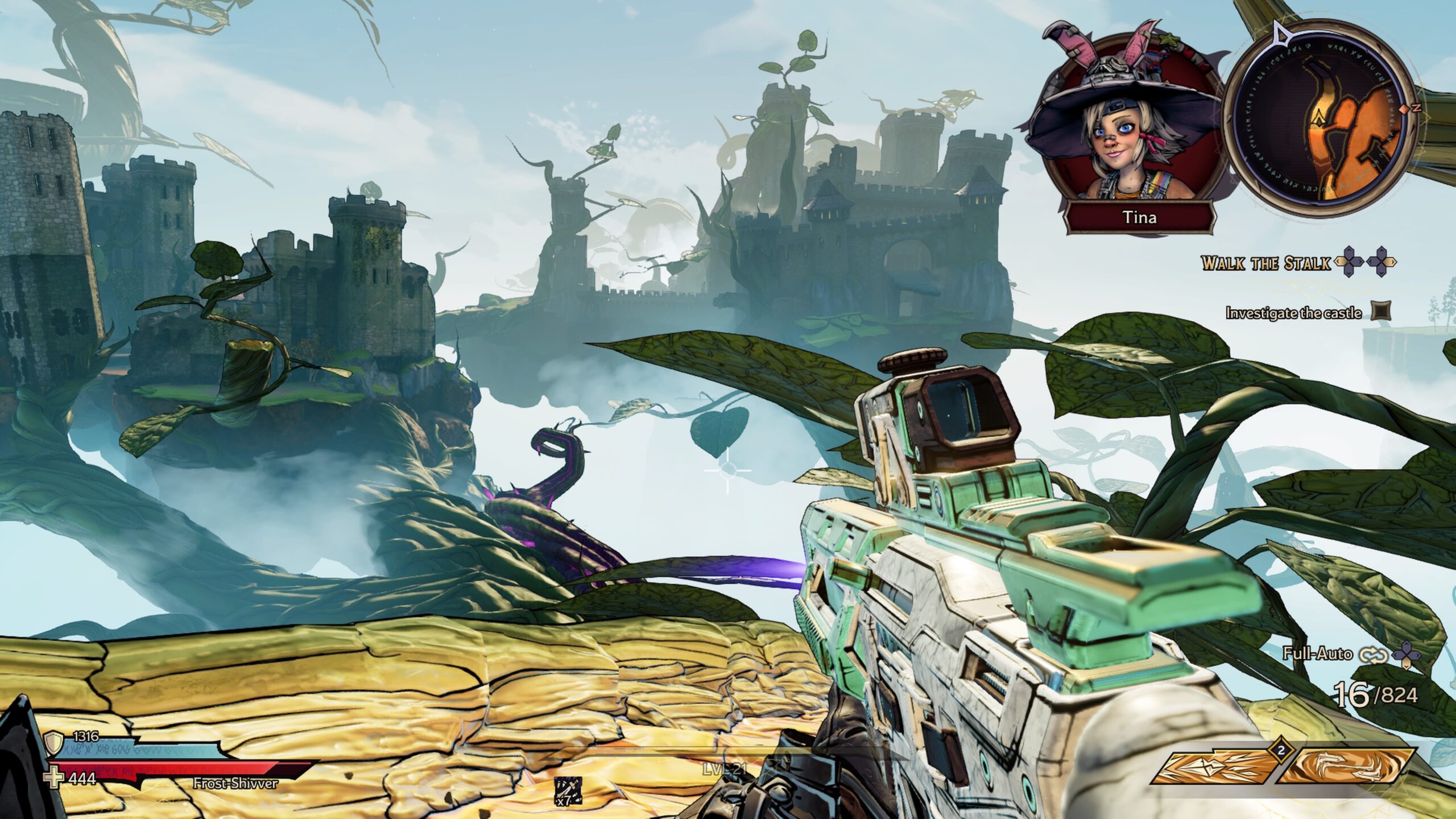
Character classes are all tied to a specific element. Being a brutal and violent Brr-zerker, means that character will always have an affinity with ice. The draw back to this is that to get the most out of some of these characters, players will be best to specialize in stats. This means players who put their points into damage dealing and tanking will lose out on intelligence.
This may not seem so bad at first, but later on the player gains the ability to pick a sub class. Specializing will severely limit players on what the sub class should be. A hard hitting and tough warrior with low intelligence won’t see the benefits of taking a magic based sub class due to the specialization in brute force.
This restriction on specialist play is disappointing, but players can still make some effective builds if they take the time to study what each class has to offer. The endlessly varied procedurally generated gear guarantees that players are bound to eventually make a scarily powerful force of nature… so long as the gamer is willing to grind.
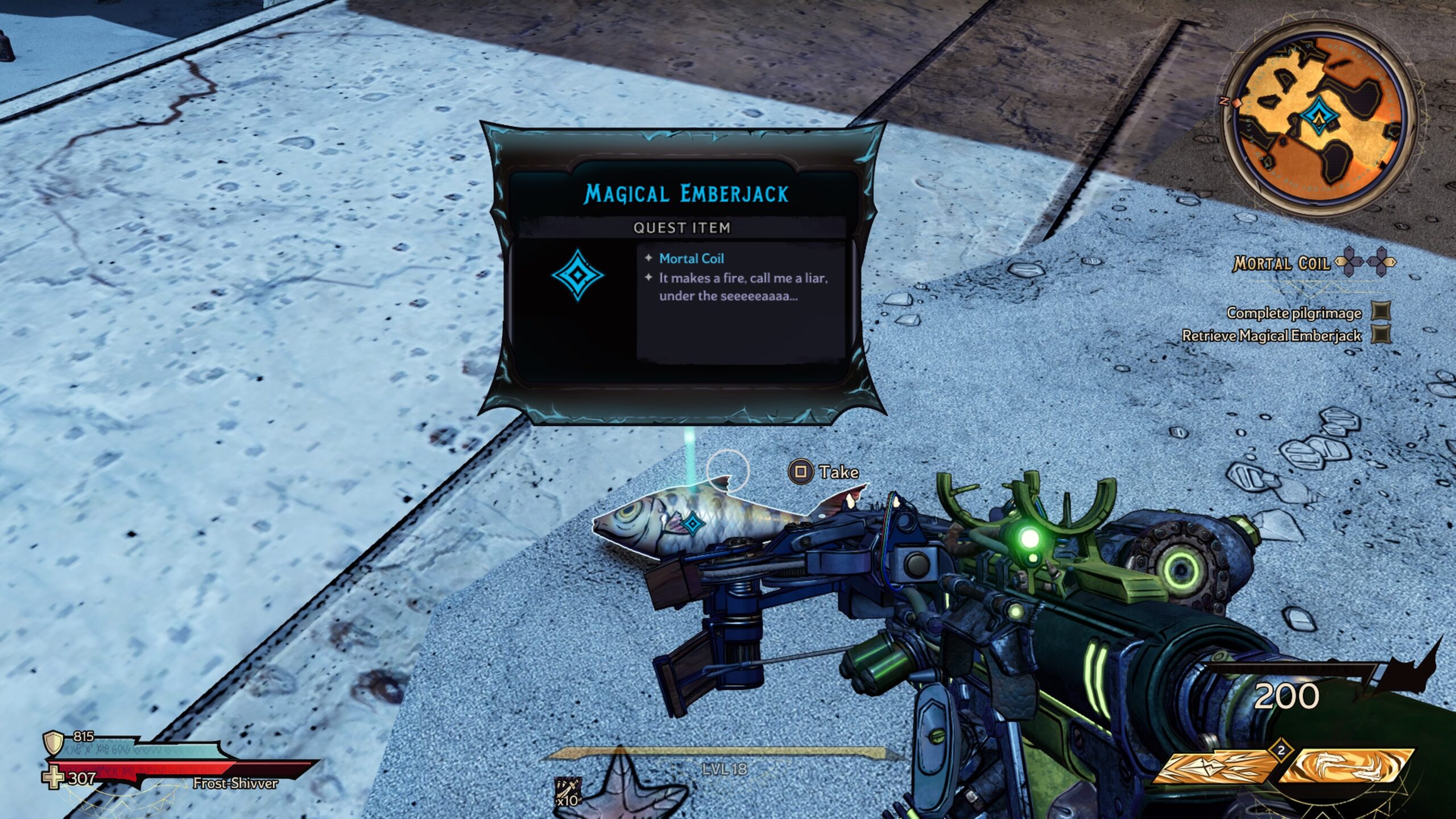
As per usual, Tiny Tina’s Wonderlands’ gameplay is the same mediocre first-person shooter fare as seen in all prior Borderlands games. What holds the playability back is the procedurally generated weapons and their nigh infinite variables.
No matter what, it seems like every weapon looted or acquired is a piece of junk. If it is half decent, it will be outclassed by the ever increasing level scaling of the enemies. Every gun or launcher always seems to have some kind of annoying hang up or detrimental stat that never gives a sense of progress.
The idea behind loot that is randomly generated is to create an illusion of growth or progress; a proverbial carrot on a stick and string. Tiny Tina’s Wonderlands, like all entries in this franchise, does a poor job contextualizing the endless supply of randomly generated weapons and the illusion is never convincing. Everything is meant to be consumed and disposed of.
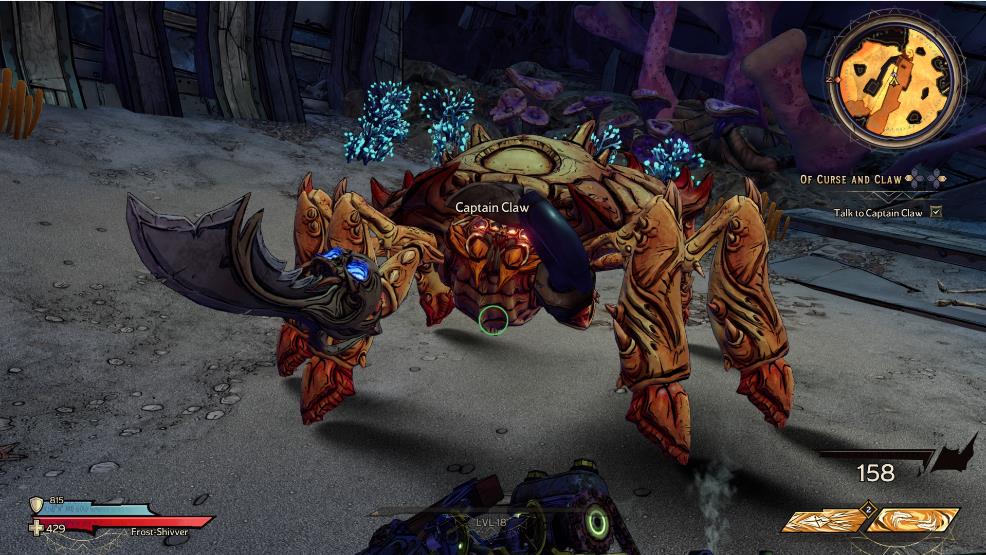
This “consume all” approach makes the experience feel hollow. It doesn’t help that Tiny Tina’s Wonderlands is a unbelievably cheap looking game with low poly models and low resolution textures that fail to honor the comic book style black ink line-work.
Level design is wildly chaotic and messy. There is no flow or logic; which results in stages feeling less like actual locations and more like arbitrary courses. Sometimes there is a striking visual like a massive beached sea creature that can be entered, but the layouts of every stage leave a lot to be desired. Do not expect to get immersed.
Many structural assets clip together very sloppily. Character models do not appear to have progressed at all since Borderlands 2 and character designs have declined in quality. Every side character or NPC is hopelessly unappealing and are based on vulgar and juvenile concepts.
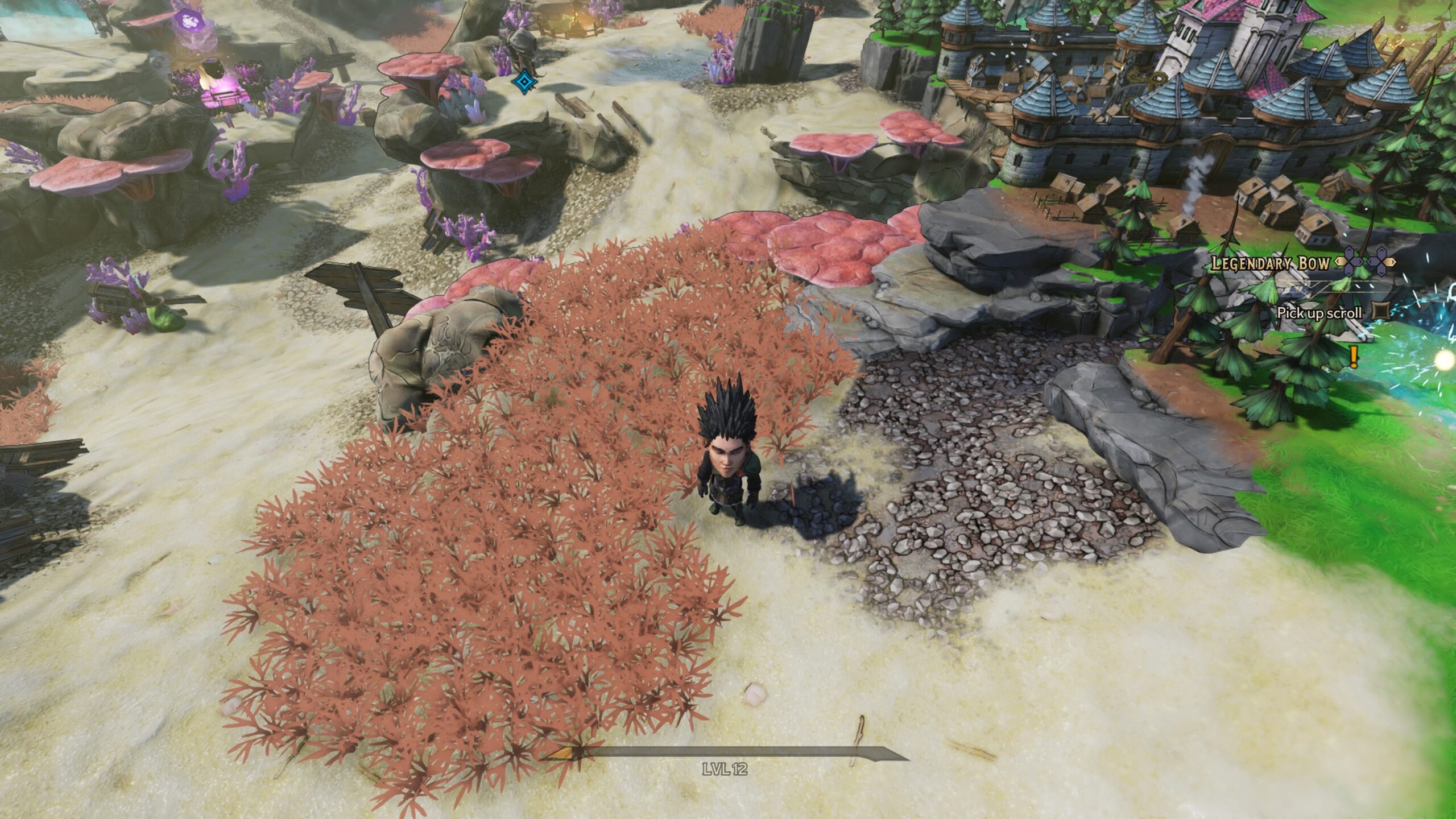
This is an RPG set in Tina’s mind and it is to be expected that the world the player inhabits would be absurd. The issue with this is that there is no way to ground anything. There is no frame of reference and when everything is already at maximum insanity, the constant loud attempts to be quirky™ quickly become obnoxious.
Tina is meant to be the worst dungeon master ever. This works excellently for the admittedly creative story where is she is making things up as she is going because she has no plan. The best parts in Tiny Tina’s Wonderlands revolve around Dragon Lord, who is superbly played by Will Arnett.
Dragon Lord is a character who does not play by Tina’s rules and defies her will as the dungeon master. The real story begins when he kills the crystalline unicorn, Buttstallion, Queen of the Wonderlands. As the story (slowly) unfolds, Dragon Lord frequently has amusing asides with the player character and is instantly the only likable character in the game.
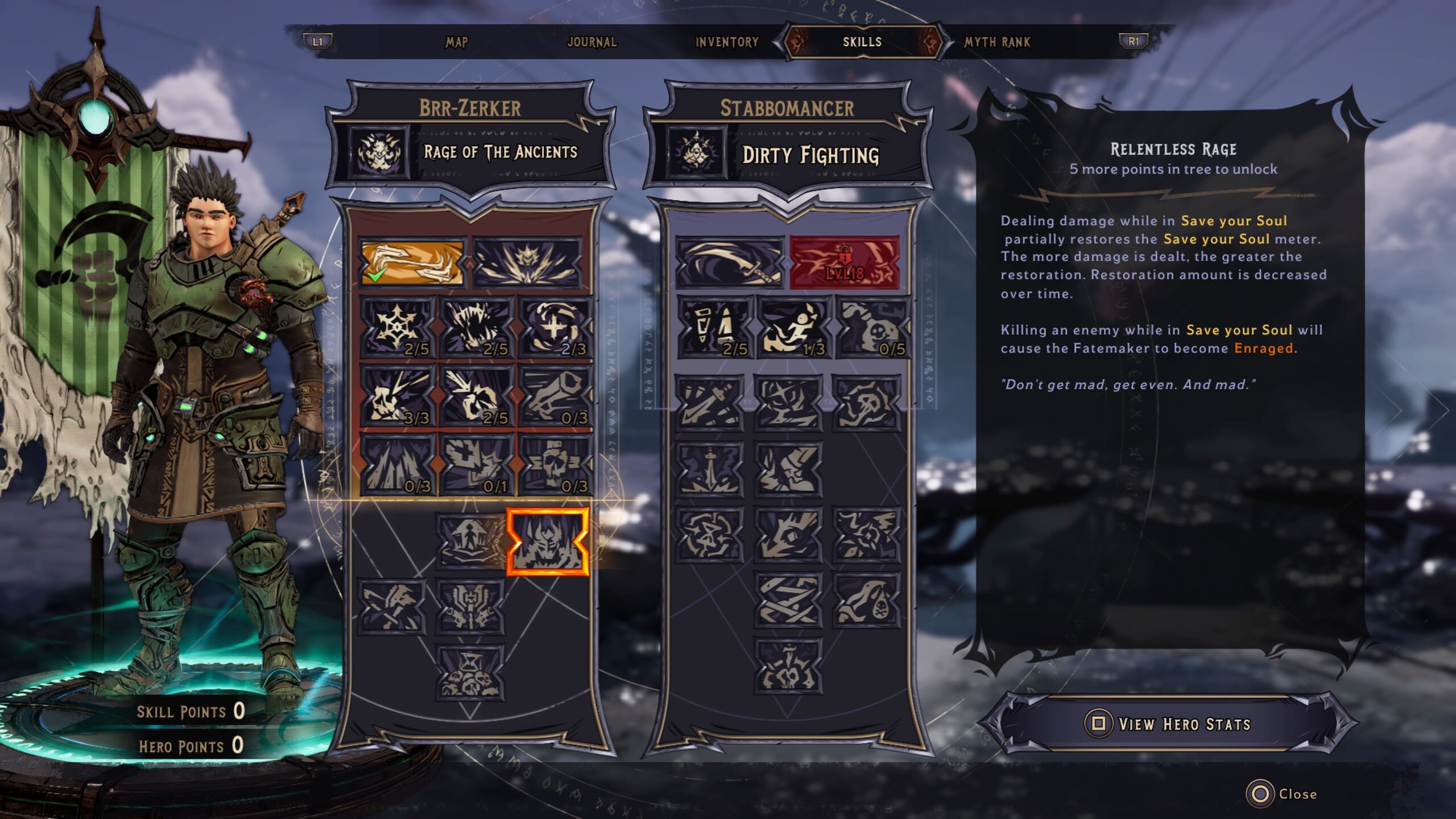
It is unclear if the developers intended on the villain to be the only sane and reasonable character in the story. Before players can truly appreciate the better qualities of Tiny Tina’s Wonderlands, expect to slog through some of the most mind numbing gunplay with weak guns against enemies with too much health.
Side quests typically involve either going to a dungeon (which is a series of arena battles with basic enemies), or going on long and involving treks with many shoot outs to fetch an item or break something. The action blurs together, rarely having stand out moments to distinguish itself from the other scenes.
Worse yet, the loot system ruins the flow, demanding players take time to parse through the huge piles of vendor trash to see if anything acquired is worth using at all. This is exacerbated by the enemies constantly dropping guns and other pieces of gear. The act of monotonously scrounging the battlefield after a war to see if anything is usable adds hours to the play time.
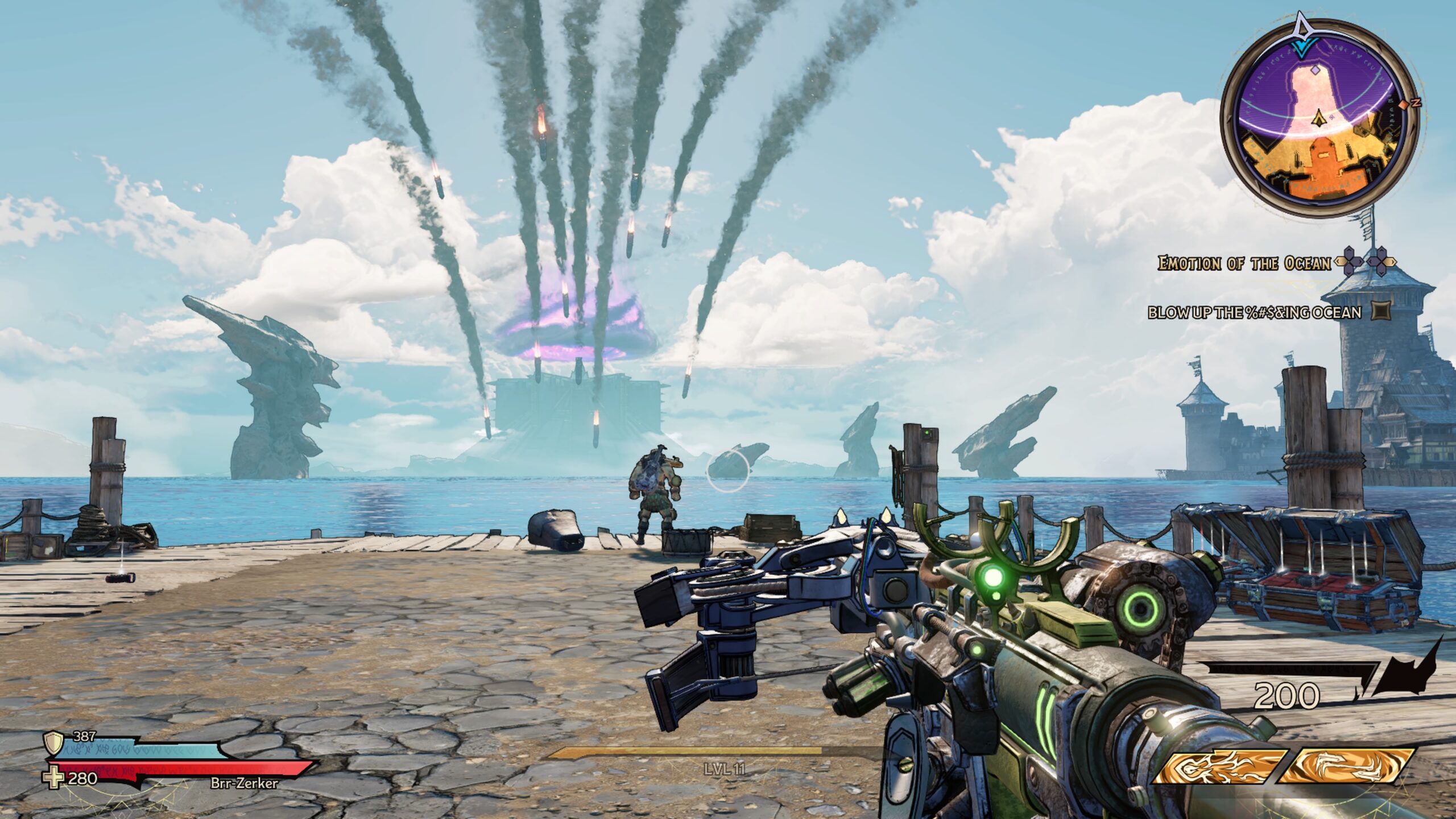
Tiny Tina’s Wonderlands is exactly what the Borderlands audience deserves. It delivers the same kind of obnoxious humor where every voice actor is shouting at the top of their lungs. The scenario is seemingly designed to make fun at the player’s expense and waste their time. It was funny once, but far too often a quest ended with an ironic twist that made the prior quest redundant.
The trademark violence and gore has been completely scrubbed away in favor of a family friendly T-rated experience. Dialogue is much more cleaner and there are far less creative expletives than the M-rated counterparts. Losing edginess has made the Wonderlands experience so much more generic.
The droll and shockingly boring game loop is spread far too thin. The level requirements demand the player go and grind with side quests, but that also means having to endure more of the same tired, coma-inducing gameplay. After a while the inane chatter of the characters and the constant hail of bullets become white noise and the game’s basic components become all too apparent.
Tiny Tina’s Wonderlands was reviewed on PlayStation 5 using a copy provided by 2K Games. You can find additional information about Niche Gamer’s review/ethics policy here. Tiny Tina’s Wonderlands is now available for Xbox One, Xbox Series X|S, Windows PC (via Steam), PlayStation 4 and PlayStation 5.